
Farsø is a town with a population of 3,361 in Region Nordjylland in Denmark in the Vesthimmerland Municipality. Farsø was the birthplace of Johannes Vilhelm Jensen, winner of the Nobel Prize in Literature in 1944. The village of Vognsild is located to the east of Farsø. Farsø is also called one of the head cities of Vesthimmerland Municipality along with Aars, Løgstør and Aalestrup.

Jeppe Aakjær was a Danish poet and novelist, a member of the 'Jutland Movement' in Danish literature". A regionalist, much of his writings was about his native Jutland. He was known for writings that reflected his concern for the impoverished and for describing rural existence.

Viborg is a city in central Jutland, Denmark, the capital of both Viborg municipality and Region Midtjylland. Viborg is also the seat of the Western High Court, the High Court for the Jutland peninsula. Viborg Municipality is the second-largest Danish municipality, covering 3.3% of the country's total land area.
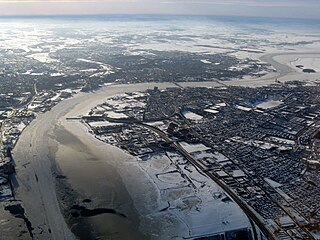
The Limfjord is a shallow part of the sea, located in Denmark where it has been regarded as a inlet ever since Viking times. However, it now has entries both from the North Sea and Kattegat, and hence separates the North Jutlandic Island from the rest of the Jutland Peninsula. The Limfjord extends from Thyborøn Channel on the North Sea to Hals on the Kattegat. It is approximately 180 kilometres long and of an irregular shape with numerous bays, narrowings, and islands, most notably Mors, and the smaller ones Fur, Venø, Jegindø, Egholm and Livø. It is deepest at Hvalpsund.

Steen Steensen Blicher was an author and poet born in Vium near Viborg, Denmark.

Skive is a town in Skive municipality in Region Midtjylland at the base of Salling Peninsula, a part of the larger Jutland peninsula in northwest Denmark. It is the municipality's main town and the site of its municipal council.
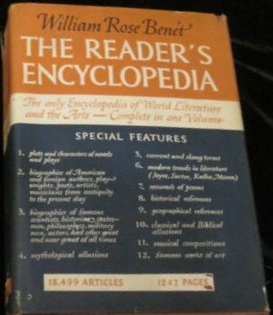
Benét's Reader's Encyclopedia is a reference work devoted to world literature. The first volume appeared in 1948, edited by Pulitzer Prize-winner William Rose Benét, older brother of the writer Stephen Vincent Benét. Benét set out to "present to [the reader] a well-organized supplementary memory, in one volume". The encyclopedia was based on Ebenezer Cobham Brewer's classic Dictionary of Phrase and Fable, and offered a compendium of curious information. The second edition appeared in 1965, with the addition of new entries, the expansion of old entries, and the addition of illustrations.
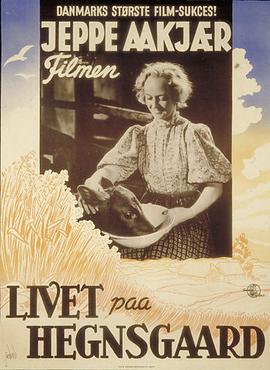
Life on the Hegn Farm is a 1938 Danish family film directed by Arne Weel, Lau Lauritzen Jr. and Alice O'Fredericks. It is based on a 1907 play by Danish writer Jeppe Aakjær. Weel directed a Swedish remake The People of Högbogården in 1939.
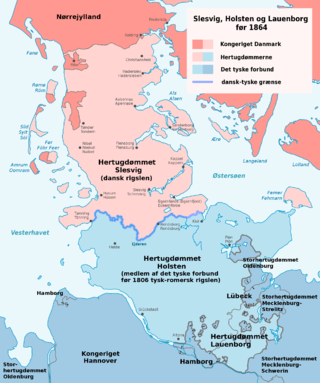
Jutland is a peninsula of Northern Europe that forms the continental portion of Denmark and part of northern Germany (Schleswig-Holstein). It stretches from the Grenen spit in the north to the confluence of the Elbe and the Sude in the southeast. The historic southern border river of Jutland as a cultural-geographical region, which historically also included Southern Schleswig, is the Eider. The peninsula, on the other hand, also comprises areas south of the Eider: Holstein, the former duchy of Lauenburg, and most of Hamburg and Lübeck.
Events from the year 1930 in Denmark.

Povl Erik Raimund Baumann was a Danish architect who was a central figure during the transition from Neoclassicism to Functionalism in Danish residential architecture. In 1910, he was one of the founders of Den frie Architektforening, an alternative architects' association, and headed it for the nine years it existed.

Herman Vedel was a Danish painter. He was the leading Danish portraitist of his time. One of his most well-known works is Negotiating the 1915 Constitution which features prominently in Christiansborg Palace.

Marie Bregendahl née Sørensen was a Danish author. She is one of Denmark's most acclaimed authors of rural literature whose novels and short stories were written in a realistic, almost grotesque style.

Mølleparken is a park in the city of Aarhus located in Midtbyen. Mølleparken was constructed in 1926 where the, by then obsolete, mills of the city had been situated by the river since 1289. Today the park lies by the Aarhus River and the ARoS Art Museum and functions as a section of a pedestrian arterial from ARoS to the Latin Quarter.
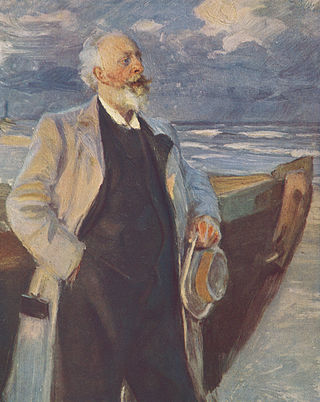
Drachmannlegatet is a Danish literary award founded in 1917, based on funding derived from the entrance fee to Drachmanns Hus in Skagen. The winner is announced annually on 9 October, the anniversary of the birthday of Danish writer and painter Holger Drachmann (1846–1908).
This is a list of works by Danish poet and novelist Jeppe Aakjær.
Jeppe is a predominantly Danish masculine given name and surname. Notable people with the name include:
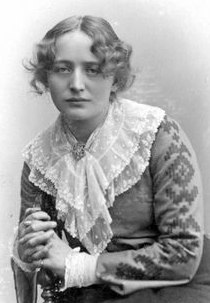
Nielsine Juliane (Nanna) Aakjær née Krog (1874–1962) was a Danish carpenter and woodcarver. She is remembered in particular for contributing to the design and interior decor of Jenle, the residence on the Salling Peninsula in northern Jutland where she lived with her husband Jeppe Aakjær following their marriage in 1907. Nanna Aakjær was also active in the Women's Suffrage Association, arranging meetings at Jenle from 1908. The popular festive meetings at Jenle which she initiated in 1910 continue to be held at the beginning of August each year.

The People of Högbogården is a 1939 Swedish drama film directed by Arne Weel and starring John Ekman, Linnéa Hillberg and Annalisa Ericson. Location shooting took place around Gränna. It is based on a 1907 play by Danish writer Jeppe Aakjær, which Weel had directed as a Danish film Life on the Hegn Farm in 1938.

Karup River is a river in central Jutland, Denmark. Prior to 1970, it formed the border between the Viborg and Ringkjøbing counties. Karup River is Denmark's sixth largest river. A 500-hectare area along the river, spanning 20 kilometers between Karup and Hagebro, was protected in 1964, and the entire stretch from Karup to Skive, a total of 1,008 hectares, is now a European Union Special Area of Conservation.
















